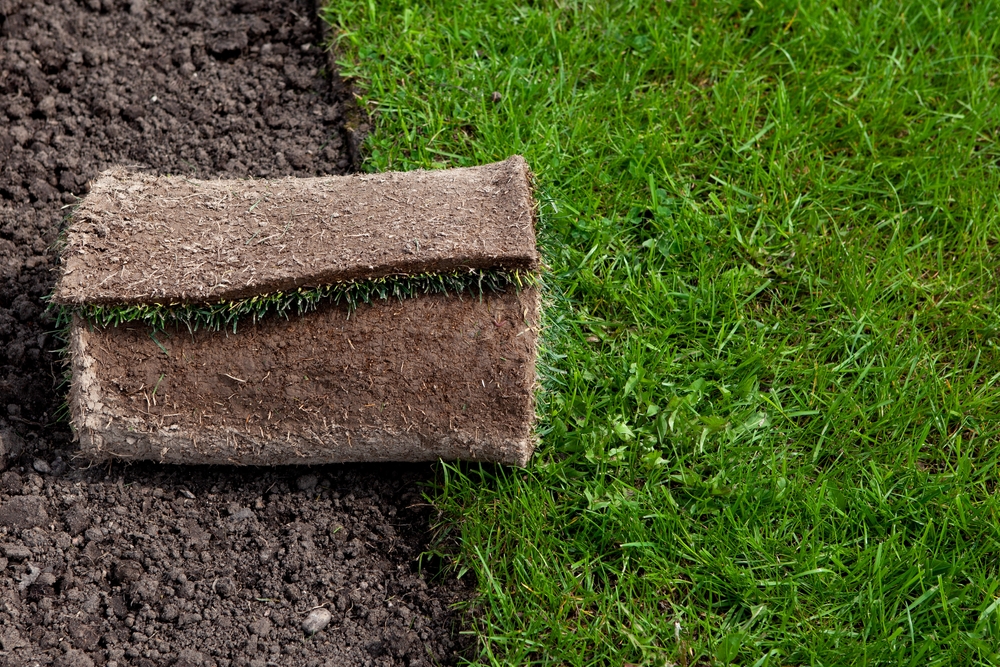Many homeowners in California are turning to artificial grass, whether it's for pets or luxurious landscaping. The popularity of artificial turf stems from its lush green appearance, low maintenance requirements, and durability, making it a practical and aesthetically pleasing alternative to natural grass. However, choosing the right artificial grass for your home requires careful consideration to meet your specific preferences and needs.
Artificial Grass Installation Process California residents are fortunate to have access to professional installation services, sparing them from the hassle of perfecting the installation process themselves. However, transparency is key, and understanding the standard installation process can provide insight into what to expect.

The installation typically begins with lawn preparation, including measuring the area to determine the required amount of grass and other materials. If there is an existing lawn, it is removed, and the garden is leveled according to your specifications. A base layer of granite dust is laid if the artificial lawn will be installed on soil. Next, a geotextile membrane is added to prevent weed growth. The artificial grass is then installed, excess turf is trimmed, and the pieces are joined. Finally, filler sand is spread and brushed onto the grass.
It's important to note that the installation process may vary depending on the project, but the outlined steps provide a general overview.
Maintenance Tips One of the advantages of artificial grass is its minimal maintenance requirements. Keeping it clean involves occasional rinsing and brushing with a large broom to remove debris like fallen leaves. Vacuuming is not recommended as it can remove infill sand and damage the grass. Similarly, avoid using metal tools on the lawn as they can be too harsh and damage the fibers.
